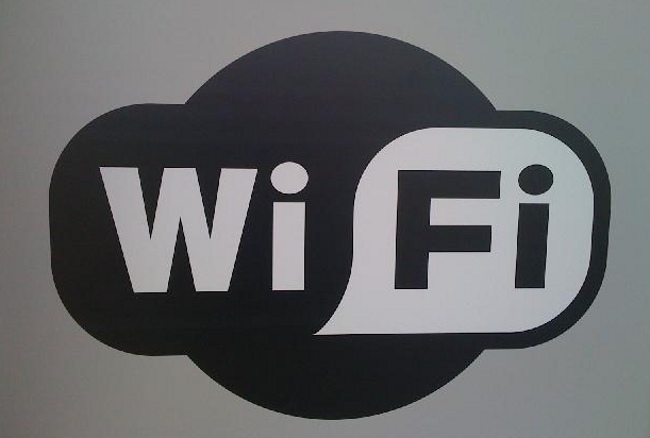Are you disappointed that you can’t watch Netflix because it is constantly loading? Why does it feel the WiFi never works?
If you’re in a room with concrete, bricks, and metal, it can cause wifi interference.Consequently, if you live in Bracken or Snowbarger, your chances for interference are higher.
Geoffrey Freelander works on the WiFi and is aware of this problem. He says, “So far, we have put focus on Snowbarger and Royce Brown wireless. Those have been two of our most troublesome locations. We tripled the number of access points per floor in Snowbarger this summer to help with that.”
He continued, “We have also increased the overall bandwidth available for the whole campus. We are still looking at options to improve wireless in other locations as well as keeping an eye on the overall bandwidth to the internet and between buildings on campus.”
Before WiFi was available, you had to use an ethernet cable to connect to the internet. There was a cable connected to every computer. The cables are still available for internet access when wireless fails us.
The network equipment that makes WiFi work is kept in a “secret” hidden room. So, uh, how does it work then?
When you connect to a WiFi network, you are connecting to an access point (AP). An access point has a wired connection on one side to connect to the network, and it broadcasts the radio signal.
A centralized controller manages the access points and “talks” to the access points. Wireless internet requires a wired network for “wire (less)” to work.
The controller tells the access points how to communicate over the radio. Each access point has its own radio and the combination of quality and quantity will cause it to be slow or *never* work.
Chris Yates, adjunct professor in the computer science department for adult studies and internet expert, says “All of the internet is all wired. So what you have to do if you want to connect wirelessly is you have to have some way to translate a wireless signal into a wired connection and connect it to internet. That’s what access points do.”
Further discussing why in certain places the WiFi is slower, Yates says “It’s like when you drive too far and the radio station goes away. Just going through air the radio signals get weaker.”
Laptops have a bigger antenna to pick up the radio signal than phones. If you need to work quickly and efficiently, using a laptop instead of a phone is always a better option.
Freelander says, “The density and number of devices on wireless have really increased over the last few years. As that trend will no doubt continue, we are continuing to look at improving speed and coverage across campus.”
In conclusion, WiFi is continuing to evolve and those who have greater knowledge on the intricacies of WiFi are working hard to keep our campus updated.
[author image=”http://echo.snu.edu/wp-content/uploads/2016/10/IMG_2343-2.jpg”]
Brianna Yates, Staff Writer
Brianna Yates is a sophomore Mass Communications major who is obsessed with dogs, hexagons, lavender and the color mustard yellow. She also enjoys reading other people’s bios.
Photo by Savanna Spear[/author]
